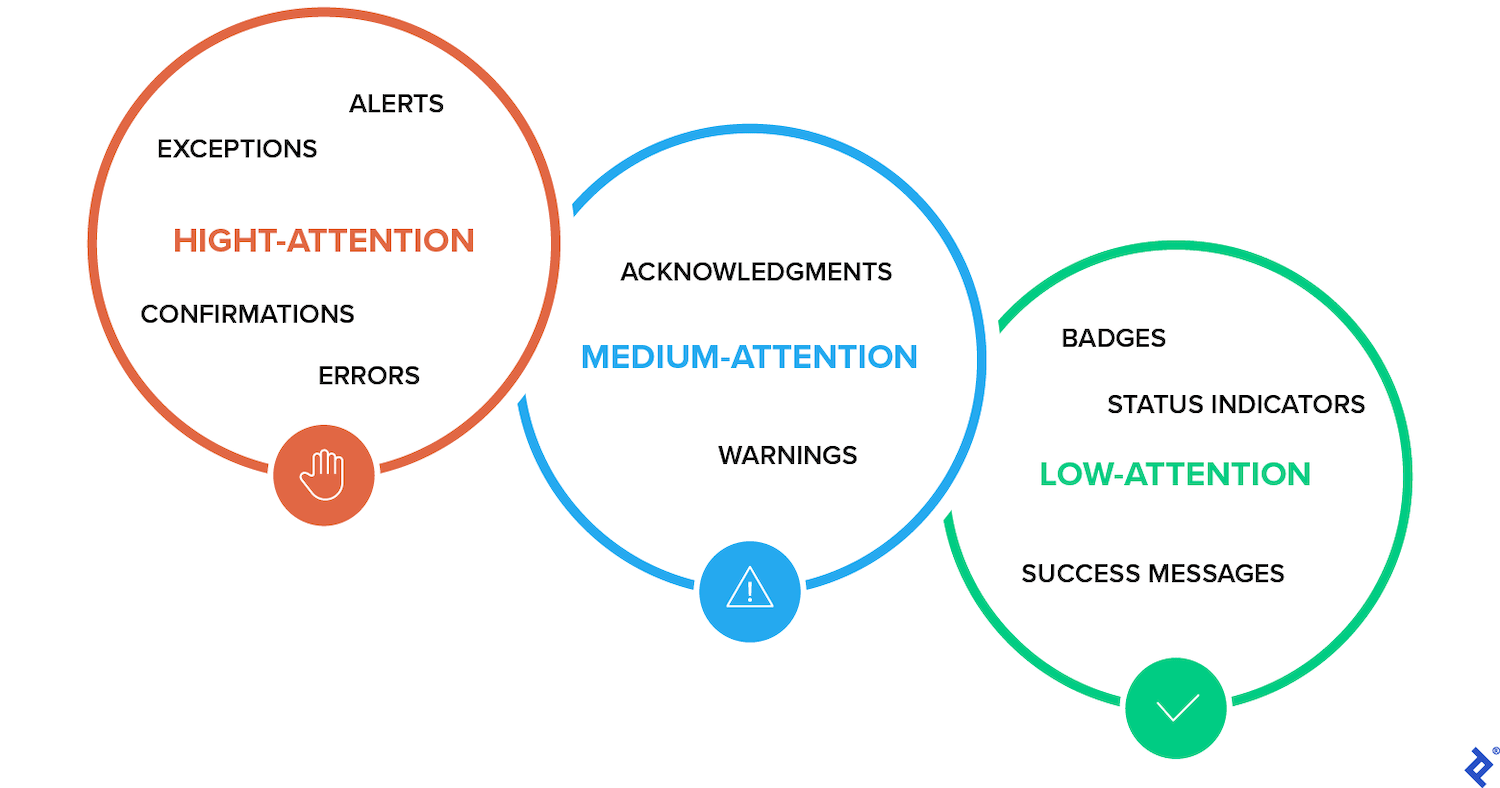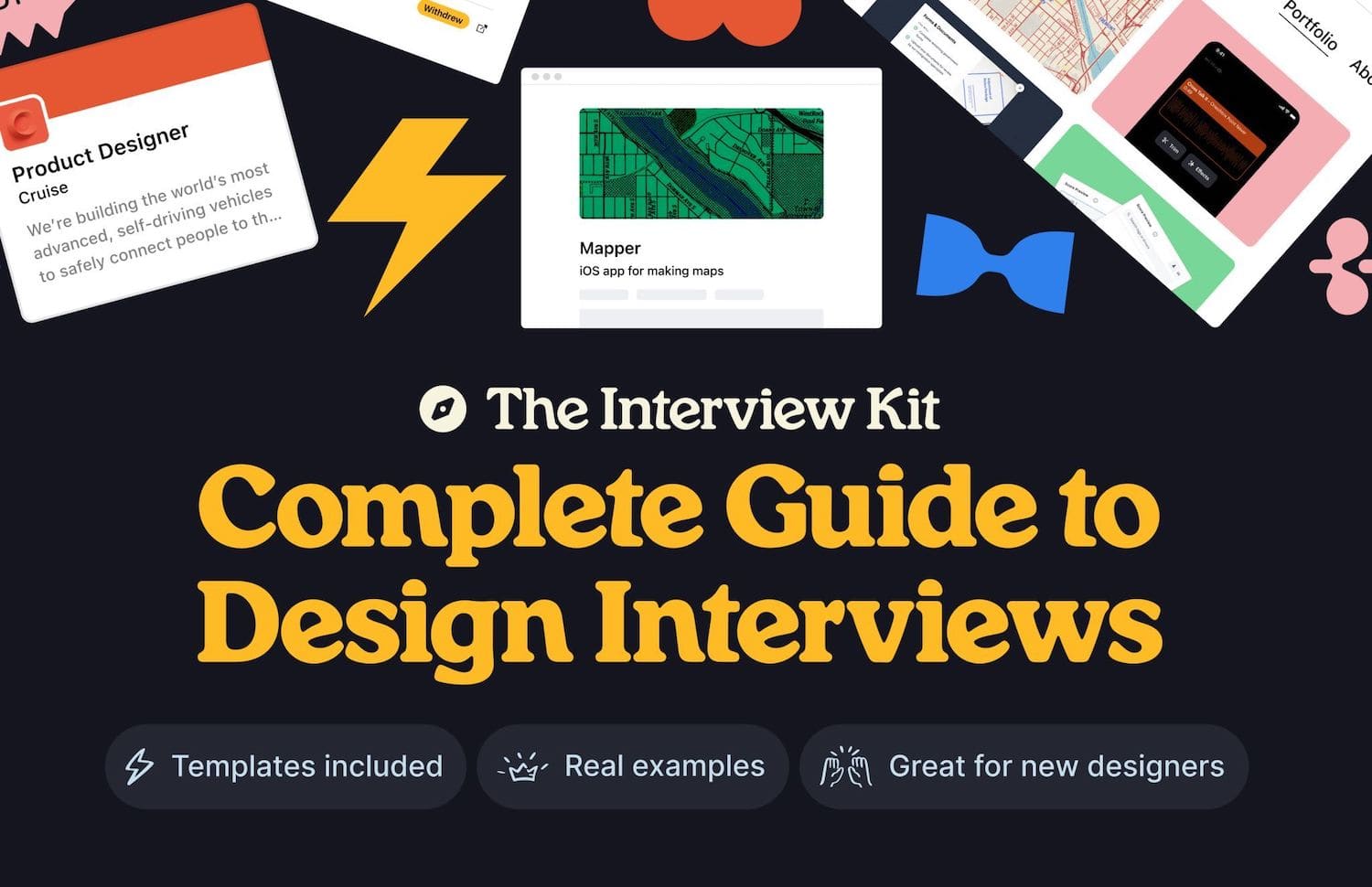Where to Take Your UX Career?
So you are looking for the next step in your UX career. Where do you move? Climb the in-house or agency ladder, join a startup or product, move into management or go freelance? Let’s review some pros and cons of each.

An example of anin-house ladder, ranging from junior designer to design director. From 10 Directions To Take Your Next Career.
There is no universal career path that works for everyone. In fact, the best path is the one that feels right to you. But there are some things to consider when choosing any of these paths. In “10 Directions to Take Your UX Career”, Shannon Groom highlights some of them, with pros and cons of each.
Here’s a quick summary with my notes and remarks:
1. Moving To a Big-Name Company #
If you’re thinking about moving to a larger company or organization, typically it’s a quite safe bet. Large companies are stable and predictable. Decent salaries. Good work-life balance. Established career ladders and processes.
Most importantly, you learn a lot from smart people around you. The environment might be very competitive and it will keep you on your toes. That’s how you grow and make valuable connections. With it, however, often comes the lack of ownership. You might be working on something that will never see the light of day — and over time it can get very frustrating.
Going from junior to senior doesn’t take very long, and once you get there within a few years, you might feel like you are hitting the ceiling. It often feels like your only way up from there is through the management track.
2. Moving Into Management #
As a design manager, you won’t be doing much design work. Better salary. Busy schedule. Meetings, planning, reporting. The most rewarding part is planting new seeds and seeing them grow to incredible heights.
Management is not for everyone, but if you want to make an impact, that’s the strategy to choose. You will have to find allies to grow UX maturity and fight for resources for your team. Of course you can always move back to design but then your options for growth in the same company are limited.
3. Moving To a Start-Up #
When time is of essence and money in short supply, corners are cut. In a start-up you’ll probably do everything, from user research and design to prototyping and user testing (if at all) — and often as the only designer on the team. You have the freedom to quickly iterate and make decisions, but often no senior designers to learn from.
With it comes quite a bit of chaos, plenty of back-and-forths and last-minute changes. You learn how businesses fail and succeed. It’s a good choice in the beginning of your career, but probably not when you are looking for stability and work-life balance.
4. Moving to an Agency #
The main benefit of working in an agency is that you learn from different industries and knowledge domains. You make incredible connections. You learn how to deliver on time, become more pragmatic and learn how to make tough compromises.
You also work longer hours as you manage demanding and important clients. You get a grip of how to jump into any project of any scale, and how to navigate everything from B2C-products to complex B2B-enterprises. That’s challenging and it will always keep you on your toes. Just make sure to not get flooded by customer requests and a wave of approaching deadlines.
5. Moving Into a Product Team #
In a product team, you learn to work with product owners and business analysts. You better understand the business side of things. You’ll spend time connecting design activities with OKRs and business objectives.
You learn the language of business, and how to translate it to the language of design. You can also grow into product management and own the product. This means that you move away from Figma mock-ups into Keynote or PowerPoint presentations and meetings with stakeholders and business owners.
6. Going Freelance #
Autonomy comes at a cost. As a freelancer, you need to be visible and invest in your own brand. You need a good network and good negotiation skills. You learn how to properly estimate, scope, find clients, run accounting and optimize expenses.
Self-discipline is critical as otherwise you’ll work day and night in a never-ending revisions hell.
7. Role Hopping #
Sometimes all you need is just a new challenge. This doesn’t necessarily mean quitting your job and move to another company. Talk to other teams in your company or organization, send them a message and find out what they work on. Chances are high that there are innovation teams that would desperately need you on their side.
Alternatively, explore entirely different industries and domains. Specialize in your strengths, but also broaden your skillset. Move into UX research or DesignOps. Find where your passion is and give it a try.
8. Become an Industry Expert #
Consultancy can be lucrative, but your work will often get lost somewhere — between other priorities, important milestones and abandoned projects. You’ll rarely know about the impact of your work, unless you spend at least a few months on a project.
Once you’ve gathered enough experience in the industry and established yourself as a reliable partner and a trustworthy expert, you can feel more comfortable in creating your own company, agency, product or leading an already existing company.
Further Resources #
-
How Design Generally Works at Tech Companies by Yamilah Atallah,
-
Career Ladders: A Guide to Becoming a Senior Product Designer, by Aaron James,
-
UX Spectrum of UX Career Ladders, by Jason Mesut,
-
The Four Phases of a Design Career, by Garron Engstrom,
-
What It’s Like Designing at Start-Ups, by Melody Koh



